Fall gardening starts in the summer. While it may be way too hot to think about sowing or transplanting today, there’s plenty we can do to prepare. In this post, we’ll go over how to get your fall garden beds ready for another round of crops, plus how to get some of the trickier, cool weather crops growing in this summer heat. Get growing with us this week!
Remove Any Old Plant Material
It’s best to give beds a tidy before we start sticking in new plants and seeds. Remove any of the crop residue and weeds. You can use some weeds and plant residue to bulk up your compost pile.
However, I like to avoid using weeds that have gone to seed and any plants that may be carrying pests and diseases into the compost. Without careful management, it’s unlikely that home compost piles will reach the temperatures required to kill weed seeds, fungal pathogens, pest eggs, and other troubling issues that could be lurking in your garden debris.
Spread Compost in Your Fall Garden
As your summer crops have flourished, they’ve pulled nutrients from the soil to make the vegetables that nourish you! To achieve continued production, we need to offer our soil some nutrients by adding a couple of inches of finished compost to the top of the bed. Compost adds organic matter and nutrients and improves soil structure.
Determine Proper Sowing Dates
Precisely when you should sow crops depends on your estimated first frost date, the weather, and your chosen variety.
Generally, we like to take a crop’s days to maturity, add 14 days for any crop we direct sow, and 14 to 28 days from any crop we transplant. Then, we count backward from our estimated first frost. This gives us our last possible planting date. The extra 14 accounts for the shortening days, causing slower plant growth in the fall.
For example, let’s say we wanted to plant Capitan Bibb lettuce (62 days to maturity) in a zone 6b garden with an estimated first frost of October 20th. We’ll take 62 days and add 14 days to get a total of 76 days. If we look at a calendar and count backward 76 days from October 20th, we get August 7th. Therefore, we can sow Capitan Bibb lettuce up to August 7th in this garden and expect harvests.
Set Up Shade Cloth in Your Fall Garden Beds
As many fall crops need to be started well before it’s actually fall, it’s a good idea to give them some protection. Using shade cloth or row cover to provide shade, particularly in the afternoon, can help your plants thrive. Alternatively, you can plant in sections of your garden where trees, cucumber or beans trellises or other structures provide afternoon shade.

Deciding What to Plant in Your Fall Garden
In most of the Southeast, you can sow plenty of crops in July to get a second crop in late summer or fall. Maybe you want a second round of the yellow squash your family has been enjoying, or perhaps you’d like some storage carrots like oxhearts to fill your root cellar for winter. There’s plenty to choose from:
- Cauliflower
- Cabbages
- Summer Squash
- Beets
- Beans
- Peas
- Southern Peas
- Chinese Cabbage
- Swiss Chard
- Collards
- Corn
- Carrots
- Lettuce
- Parsnips
- Rutabaga
- Broccoli
Starting Crops Indoors During Hot Weather
Much of the fall garden can be carefully started indoors while it’s still too hot to plant. This is also helpful for specific crops like lettuce and cabbages that we could direct sow but struggle with warm soil temperatures. For crops that prefer chilly temperatures, we can stick flats in the refrigerator or root cellar for the first day after planting.
Gather Mulch
Mulching around your fall crops is critical to keeping the soil moist and cool. We like to start stockpiling mulch like grass clippings, wood chips, and straw near the beds so that it’s ready when needed. Don’t forget that mulch is a cure-all; watering consistently is still essential, especially during hot, dry weather.
Even if you’re not ready to plant your fall garden just yet, there’s plenty to do to prepare. Complete these tasks to prepare for your fall garden. Your future self will thank you!

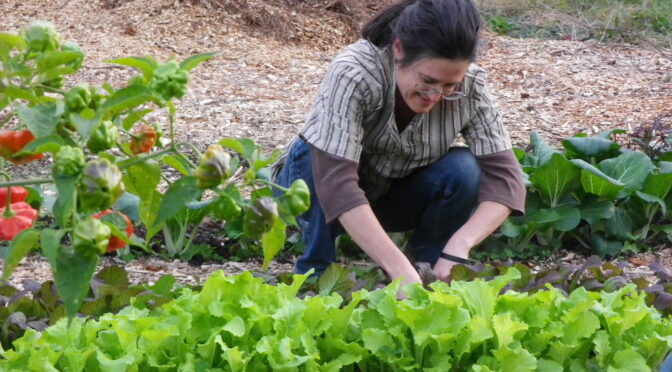
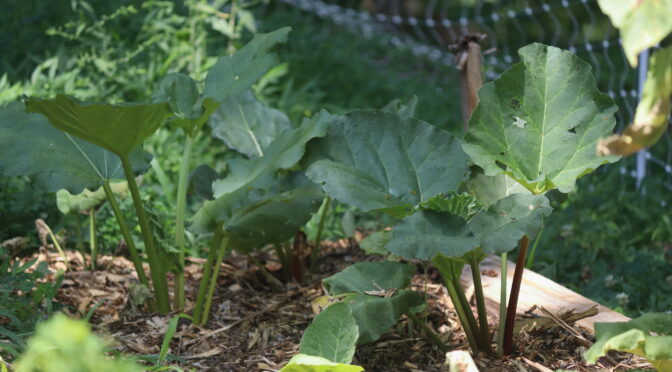
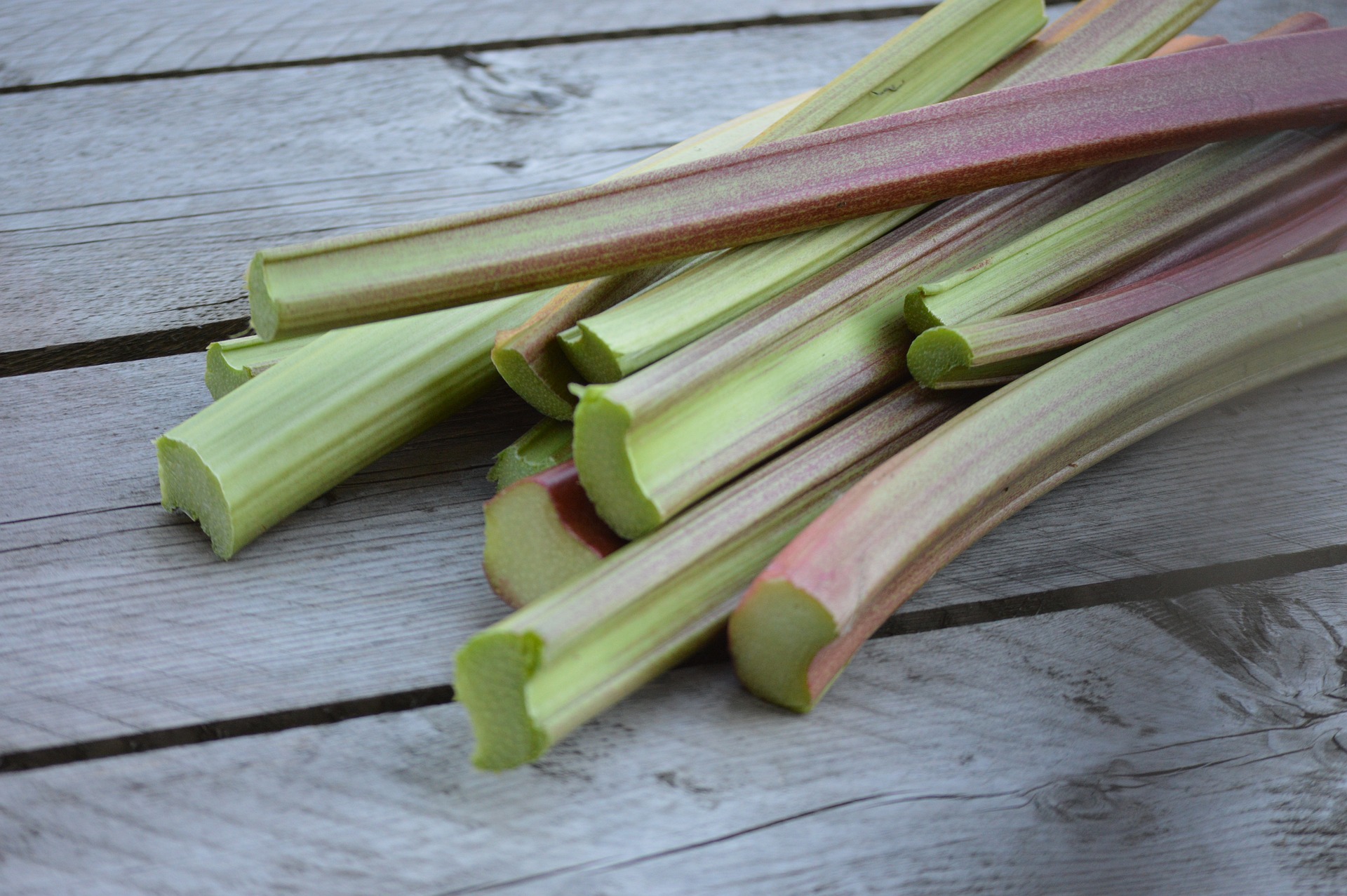 Growing Rhubarb in Zone 6 and Lower
Growing Rhubarb in Zone 6 and Lower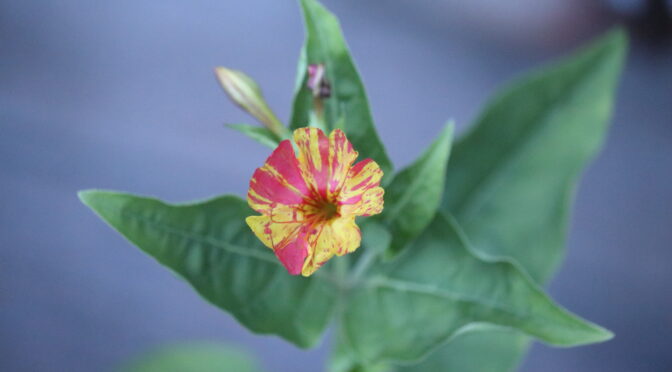
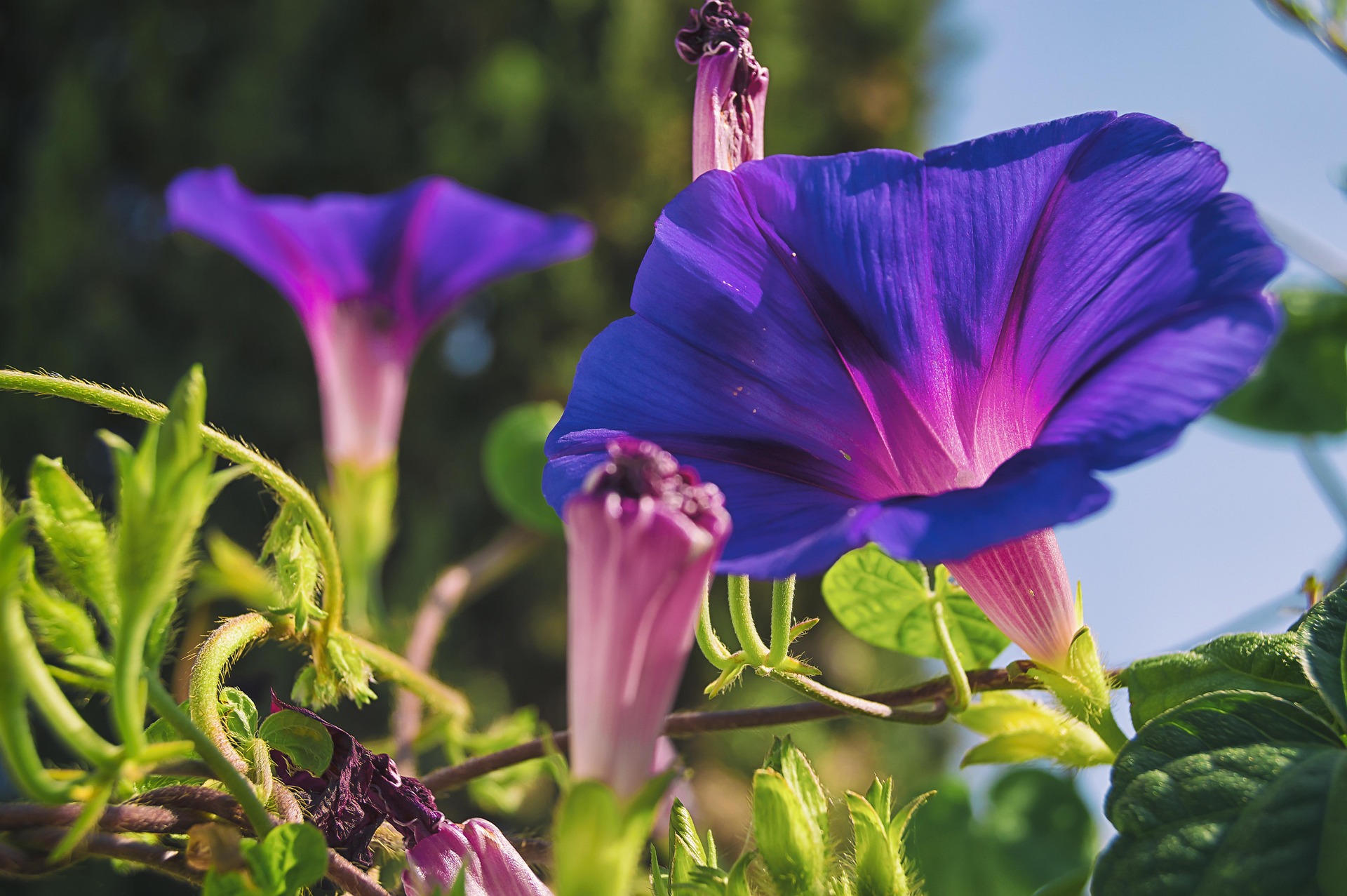 Morning Glories, Spiderwort, Daylilies, and other Daytime Blooms
Morning Glories, Spiderwort, Daylilies, and other Daytime Blooms